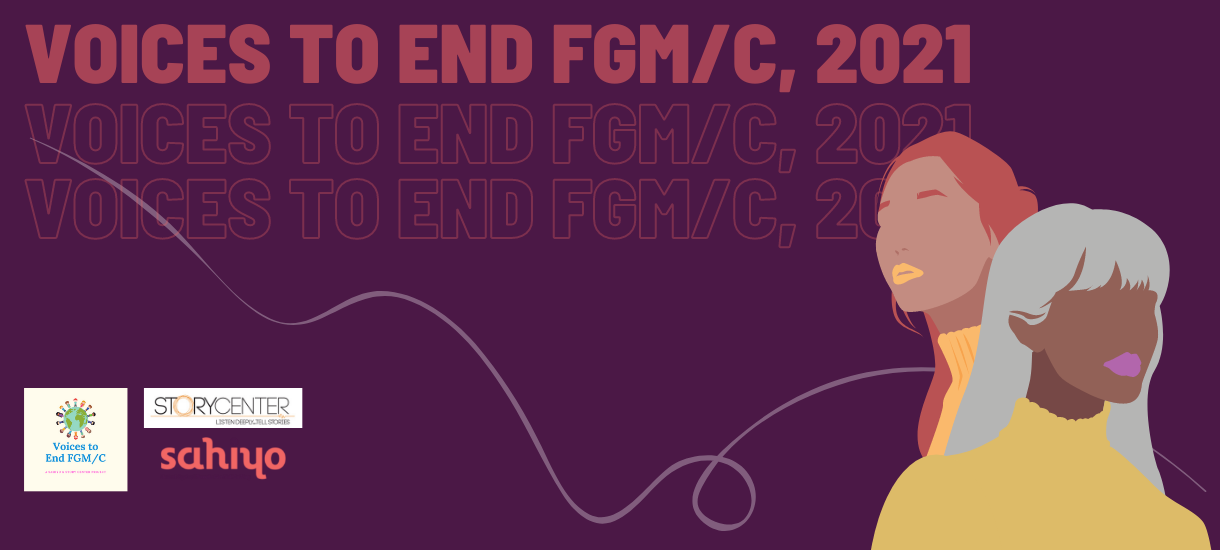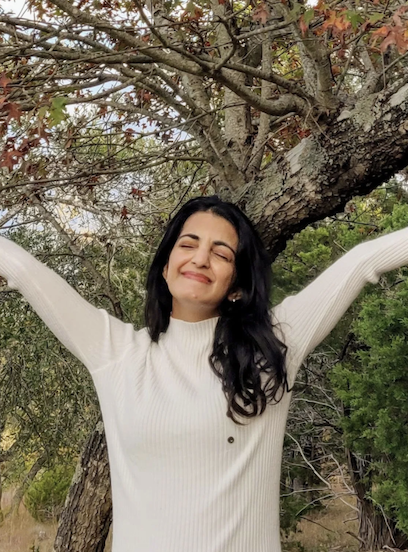By Sarah Boudreau
In late July, Sahiyo held its webinar, Critical Intersections: Anti-Racism and Female Genital Mutilation/Cutting (FGM/C). Sahiyo U.S. Executive Director Mariya Taher moderated the panel discussion that included four expert speakers: Leyla Hussein, Aarefa Johari, Sunera Sadicali, and Aissata M.B. Camara. The event included thoughtful commentary on the overlap between racism, oppression, culture, and FGM/C, as well as the struggles the panelists have faced while working to spread awareness and bring an end to FGM/C.
Hussein is an anti-FGM campaigner and a survivor who shares her personal experience of FGM/C with the goal of protecting girls from this abusive practice. Originally from Somalia, Hussein works as a psychotherapist in the United Kingdom and addresses the prevalence of FGM/C around the world. Johari is a journalist, feminist, and activist based in Mumbai, India. Johari is a senior reporter with Scroll.in, where she covers gender and labor. She has been speaking out against female genital cutting since 2012 and is one of the five original co-founders of Sahiyo. Sunera Sadicali grew up in a family that was a part of the Bohra Community; they were (and still are) the only Bohras in the Portugal/Iberic Peninsula. Sadicali is constantly trying to reconcile and find a balance between motherhood, art, her work as a family doctor, and political activism. Camara is a professional with over a decade of program development and management, strategic planning, and relationship-building experience in non-profit, local government, and international affairs. A social entrepreneur and advocate, she was featured in The Guardian, PBS, RFI, Deutshe Welle and Brut for her advocacy to end female genital mutilation/cutting. Camara is also a frequent speaker at conferences, including high-level events at the United Nations.
The four panelists, who are survivors of FGM/C, answered questions about how FGM/C intersects with other forms of oppression, including racism, violence, and “othering.” They also discussed the lack of legislation and law enforcement surrounding the practice and challenges to passing laws to protect girls at risk. One notable part of the discussion occurred when Hussein made the point that survivors can become gatekeepers and have the opportunity to change the way that they are perceived. She relayed that when people hear about FGM/C, they may dismiss it and attribute it to cultural practice, but by naming FGM/C as child abuse rooted in patriarchy and oppression, survivors can draw attention to the issue for what it is in order to truly show people the harm being done.
Toward the end of the webinar, Camara discussed other movements such as Me Too and Black Lives Matter and how allyships must be formed in order to generate more traction in the media to spread FGM/C awareness. By teaming up with other survivors, resources, officials, and organizations, more conversations about FGM/C can lead to change.
In conclusion, the Critical Intersections webinar allowed panelists from diverse backgrounds to share their views on racism and FGMC. Several ideas were brought up about how to spark change and dialogue in both local communities and globally. But the common thread among all the speakers was that change is not always easy, but always worth fighting for. For the sake of women and girls everywhere, the future holds hope for justice, healing, and change.






